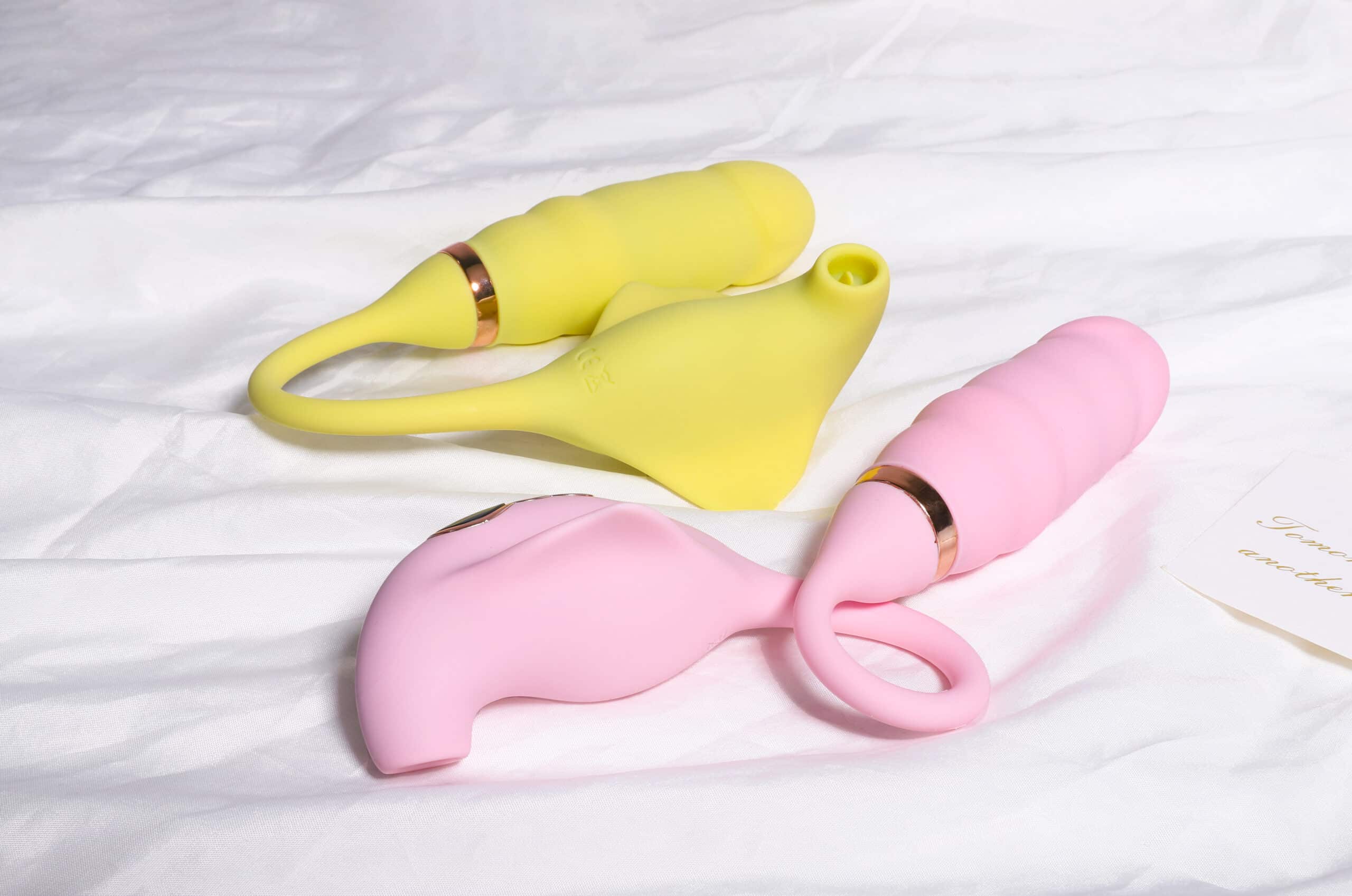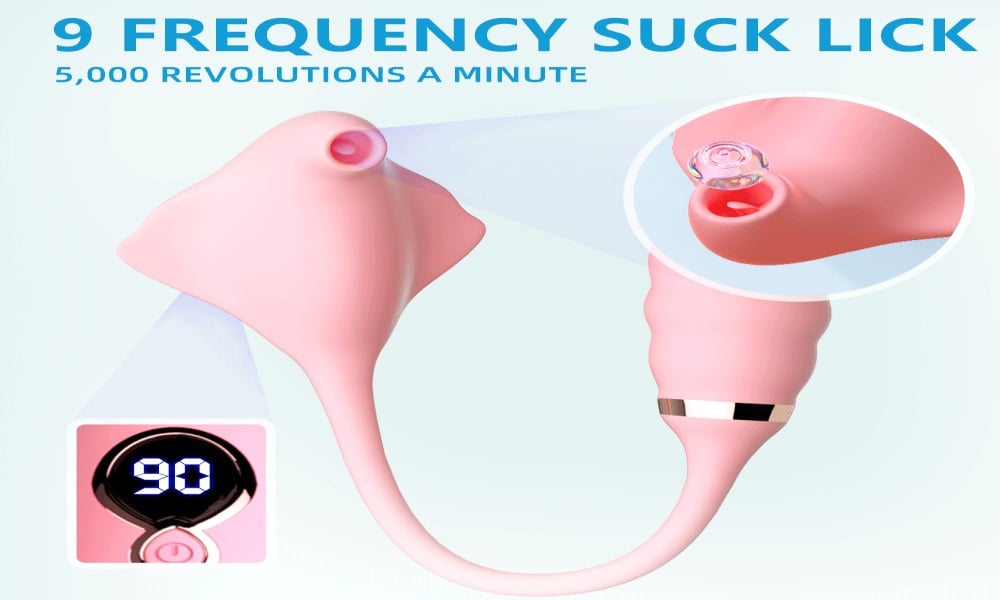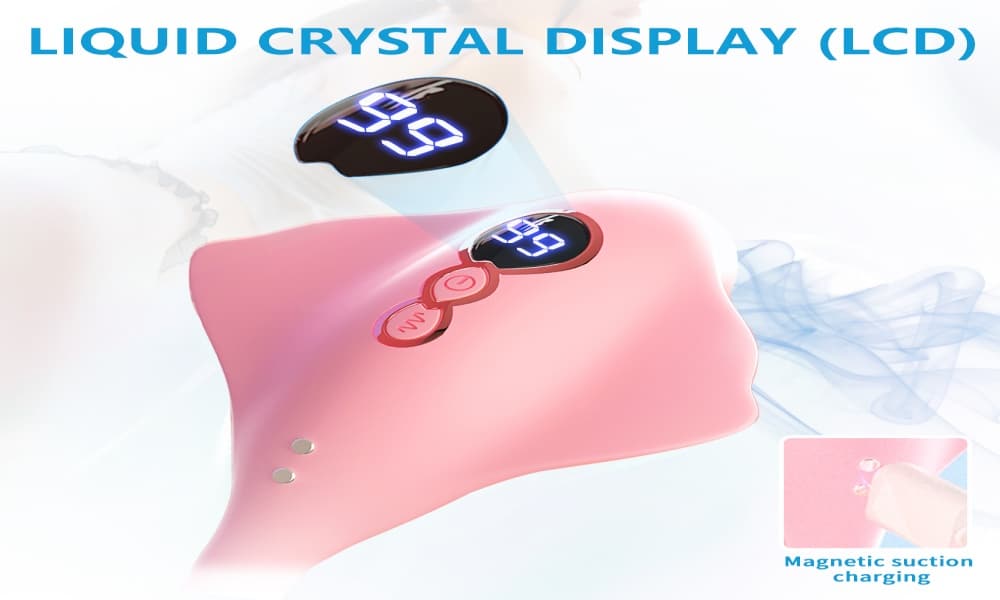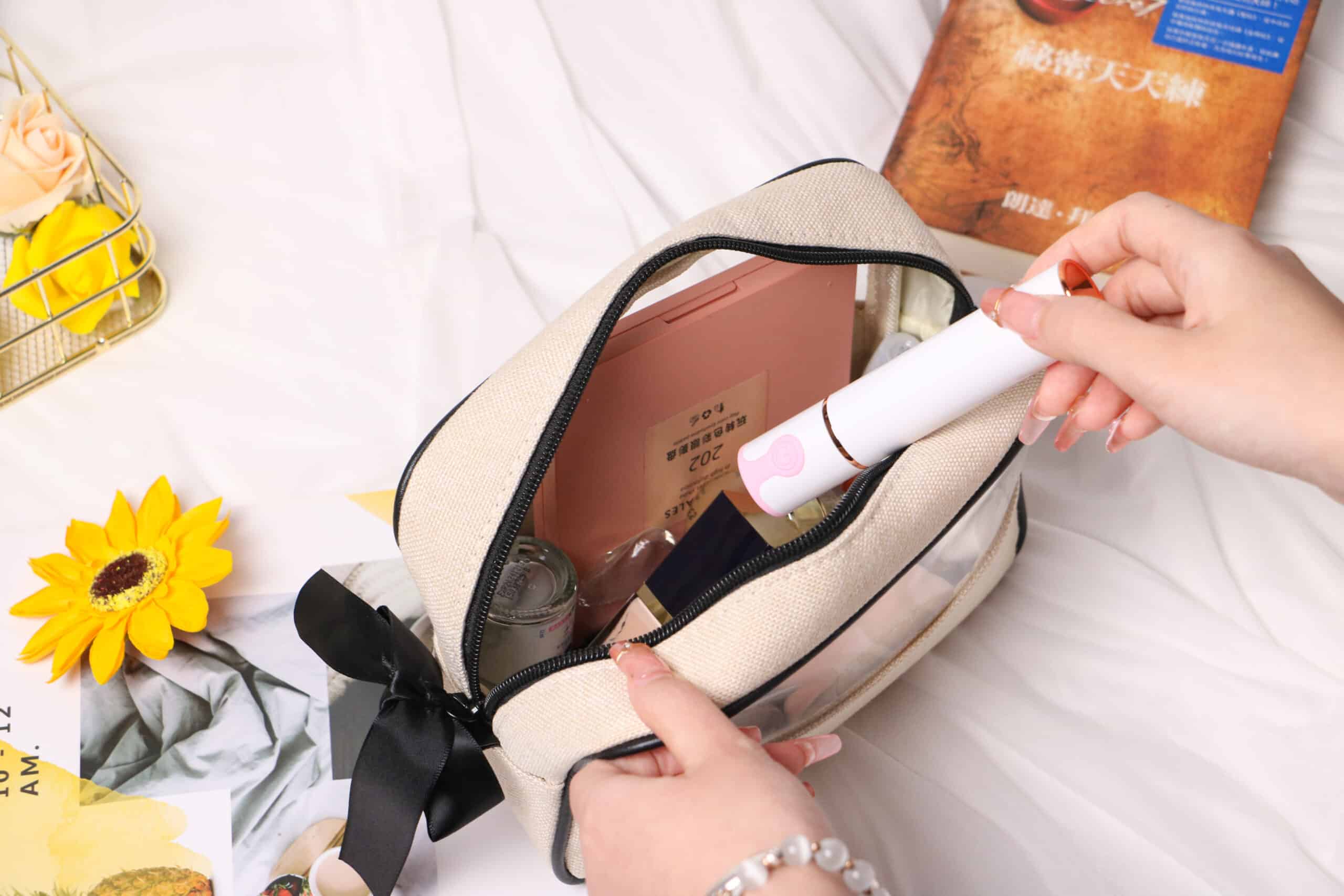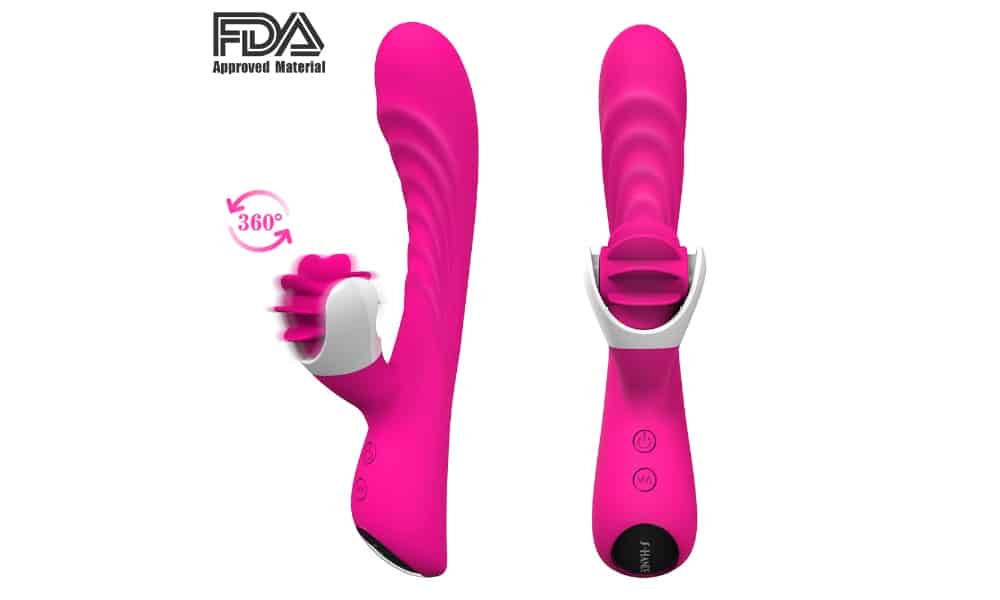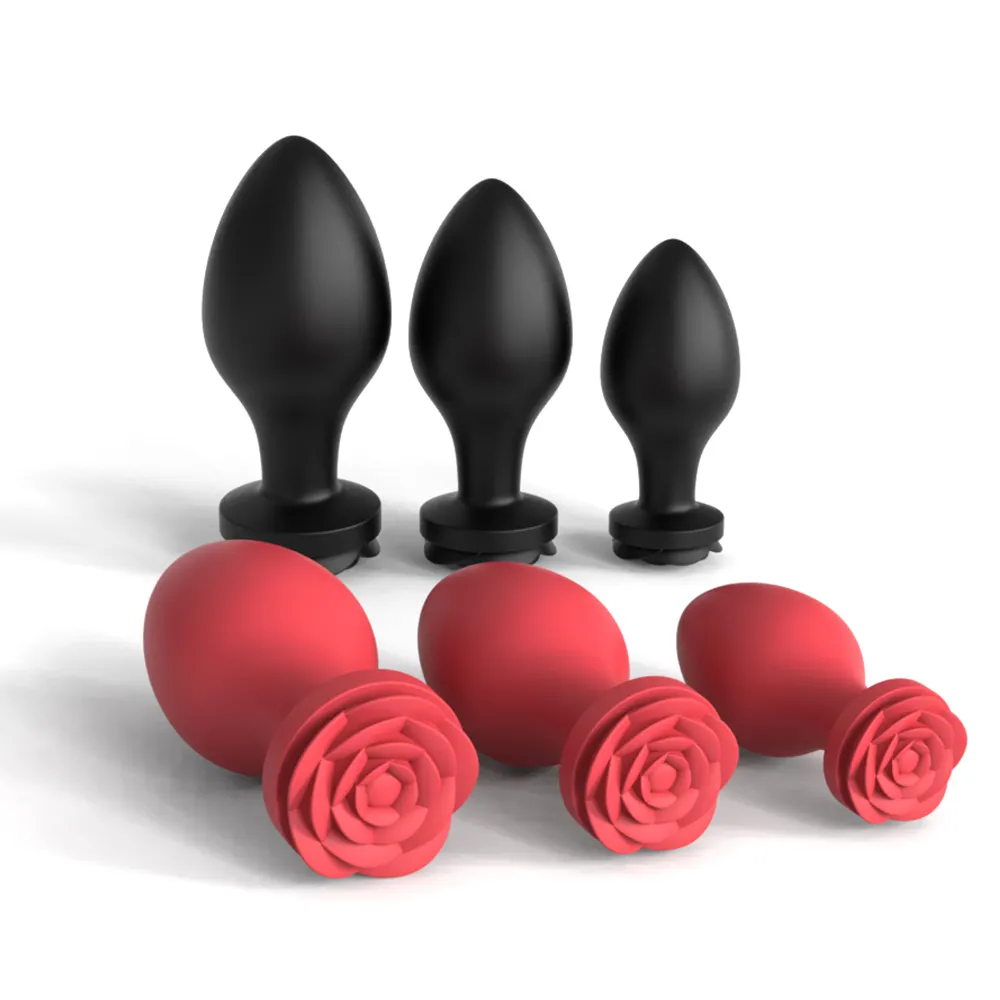Table of Contents
Toggle
In the sex toy and health product industry, why do many people associate these products with pornography? It’s because some customers use overly explicit, vulgar language or images in their marketing to attract attention.
So today, I’d like to address all B2B clients who aim to build a long-term, positive brand image: have you ever struggled with whether to use “edgy” terminology to drive traffic?
We want to tell you: abandon those fleeting “vulgar shortcuts” and embrace “sophistication” instead—only then can you attract truly valuable, long-term customers.
The High Cost of Short-Term Clicks
In the relentless pursuit of attention, many B2B marketers have been tempted down a treacherous path: sacrificing brand dignity for momentary clicks. Using provocative, sensationalized language might deliver a brief traffic spike, but it inflicts a devastating long-term cost by eroding the very foundation of trust that premium clients seek.
This flawed strategy operates on a simple, yet destructive, flowchart:
The Downward Spiral of “Vulgar” Marketing
- The Bait (Provocative Language): Use of clickbait headlines, crude humor, or borderline-inappropriate imagery.
- The Catch (Low-Quality Traffic): Attracts an audience seeking novelty or a cheap thrill, not a professional partnership.
- The Consequence (Brand Erosion): The brand becomes associated with sensationalism, not substance or expertise.
- The Repulsion (Loss of a-Value Clients): Sophisticated decision-makers, who control larger budgets and seek trusted partners, are actively repelled by the unprofessional tone.
While the goal of good marketing is to remove barriers, these tactics accomplish the opposite, creating walls that repel the very clients you need most.
A Tale of Two Tones: “Vulgar” vs. “Premium” Language
The difference between a crude and a sophisticated message is immediately clear. It’s not just about vocabulary; it’s about respecting your audience’s intelligence and creating an aspirational brand experience.
Here’s a direct comparison:
| Characteristic | Vulgar Approach | Premium Approach |
| Primary Focus | Shock value, instant gratification, product function. | Aspirational experience, emotional connection, customer lifestyle. |
| Emotional Appeal | Exploits basic desires, creates urgency through hype. | Builds anticipation, fosters trust and confidence. |
| Example Phrases | “Blow your mind,” “A powerful orgasm machine,” “Naked temptation.” | “Begin a journey of bodily exploration,” “Experience deep mind-body pleasure,” “A private work of art worth collecting.” |
A brand’s tone of voice does more than just communicate; as branding experts at Nielsen emphasize, it facilitates an emotional connection with the audience and must align with core values to forge a credible identity.
The Tangible ROI of a Premium Brand Voice
Adopting a sophisticated “premium feel” is not a vanity project; it directly translates into measurable financial returns. This value is created through three distinct drivers that compound over time.
- It Unlocks Higher Pricing Power. Sophisticated messaging creates powerful associations with quality, justifying a premium price. Crude language anchors a product in the discount category, regardless of its actual quality. As seen in nearly every high-end market, from automotive to fashion, customers are willing to pay more for a brand that aligns with their perception of excellence and exclusivity.
- It Expands Marketing & PR Opportunities. Mainstream media outlets and influential industry leaders actively avoid sharing sensationalized content. Professional, elegant content, however, passes editorial filters, opening doors to earned media opportunities on platforms like Forbes or industry-specific journals that are exponentially more valuable than paid ads.
- It Attracts and Retains High-Value Customers. High-value B2B clients evaluate suppliers on professionalism and cultural alignment. They are rational buyers who represent the most profitable market segment, and they deliberately avoid vendors whose messaging suggests poor judgment. Premium language isn’t just a branding exercise—it’s a non-negotiable requirement to even be considered for high-value opportunities.
The Luxora Blueprint: Building a Premium Brand from the Ground Up
Luxora’s commitment to premium positioning is a masterclass in execution, embedding sophistication into every customer touchpoint. It’s a systematic approach that B2B partners can learn from and replicate.
Step 1: The Product Is the Foundation. The process begins before a single word is written. Deliberate choices in design, materials, and aesthetics communicate quality non-verbally. This ensures that the brand’s messaging is an authentic reflection of genuine product excellence, not just an artificial marketing layer.
Step 2: Communication Is Consistent and Elegant. Every piece of official content, from technical data sheets to social media posts, maintains the same elevated, confident, and respectful tone. This consistency builds a powerful and recognizable brand impression over time. Believe me, I’ve seen brands undermine a million-dollar product with ten-cent copy—it’s a painful lesson you only need to witness once to never forget. This unwavering discipline prevents the brand dilution that plagues so many competitors.
Step 3: A Partnership Template Is Provided. By executing this strategy flawlessly across all channels, Luxora doesn’t just sell a product; it offers its B2B partners a proven template for elevating their own communications, demonstrating that premium language is about respecting the product and the customer in equal measure.
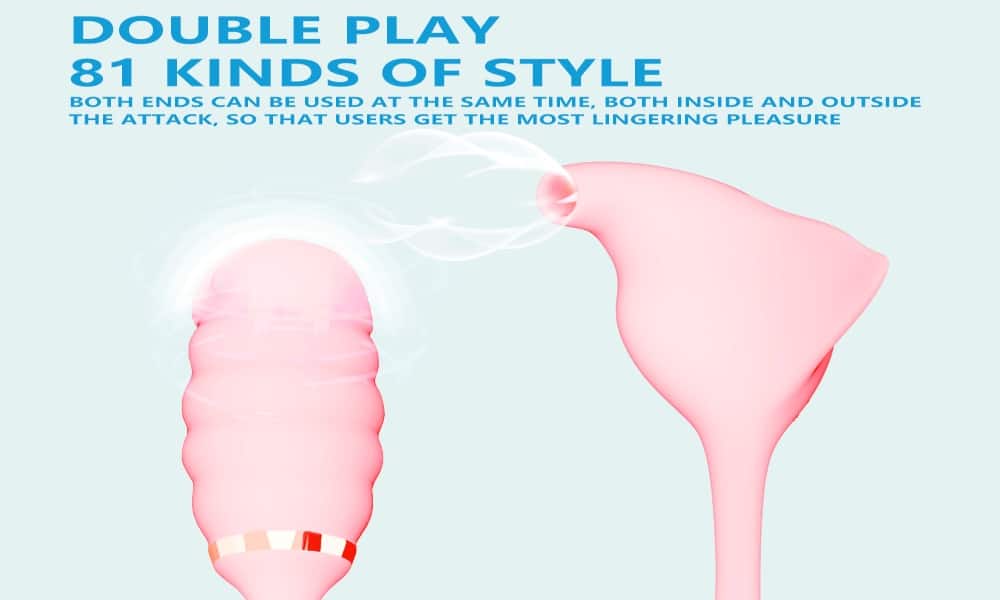
Your Language Is Your Asset
Ultimately, the transformation from a “vulgar” to a “sophisticated” brand language is a fundamental shift in corporate character. A brand’s identity crystallizes through every communication, creating either trust and respect or skepticism and dismissal.
The language choices you make today become the foundation for your customer relationships, and as extensive research confirms, establishing the right identity through integrated messaging is what effectively differentiates a brand from its competitors, creates fruitful customer relationships, and leads to successful long-term growth. By embracing language that reflects expertise and respect, we collectively build an industry reputation that commands the respect it deserves while creating a sustainable advantage that crude tactics can never deliver.

FAQ
Q: How do I determine if my marketing language is “premium”?
A: Premium language focuses on the customer’s experience, aspirations, and emotions rather than just the product’s function. It uses evocative, sophisticated vocabulary and avoids slang, hyperbole (“best ever!”), or overly direct, transactional terms. A good test is to ask: Does my language build a sense of quality, trust, and exclusivity? Does it speak to a lifestyle, or does it just shout a sales pitch?
Q: While pursuing a “premium feel,” how can I avoid appearing “out of touch”?
A: The key is empathy and authenticity. A premium brand can still be relatable. Understand your audience’s core values and speak to them with respect and intelligence. Use clear, confident language instead of overly academic or cryptic jargon. Ground your aspirational messaging in real, tangible benefits and genuine brand values. It’s about being elevated, not distant.
Q: Are there any high-end lifestyle brands whose brand language is worth studying?
A: Absolutely. Look at brands like Apple, which uses simple, benefit-driven, and confident language. Aesop is another great example; their copy is intelligent, literary, and focuses on sensory experience and thoughtful living. In the automotive world, Rolls-Royce exemplifies luxury communication that speaks of craftsmanship, heritage, and an unparalleled ownership experience rather than just technical specs.

